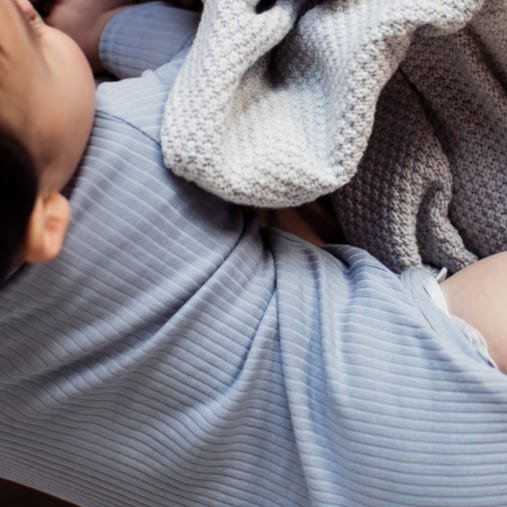Cradle cap is characterized by scaly patches on a baby's skin, and while it may look alarming, it’s good to know that it's not contagious, isn't itchy or painful, and can be easily treated.
In this blog, we'll explore the causes, symptoms, and treatments of cradle cap, so you can better understand it and care for your little one.
When does cradle cap start?
Cradle cap usually affects babies in the first three months of their life.
Where do babies get cradle cap?
Although it usually appears on the scalp, cradle cap can also appear on a baby's face (nose, eyebrows, eyelids), ears, neck, underarms, knees, and nappy area. If your baby gets cradle cap in their nappy area, it can help to keep the area as clean and dry as possible.
How to clear cradle cap?
Cradle cap is harmless and usually goes away on its own, but there are things you can do to make it better at home. You can try the following steps to help treat it, but remember to be patient, cradle cap can sometimes take a few weeks or months to clear up. Don’t worry if some of your baby's hair comes away with the crusts, it will soon grow back.
- Wash their hair: Use a mild baby shampoo and warm water to clean your baby's hair every few days during bathtime.
- Massage: You can try gently massaging your baby's scalp to loosen and remove any dry crusts.
- Moisturize: Gently moisturize your baby's scalp with emollient or scalp cream after bathing
- Brush their hair: Use a soft baby hairbrush to care for your little one's hair and scalp.
Cradle cap don’ts
There are a few things that should be avoided when it comes to baby cradle cap, these include:
- Pick or scratch it. This can increase the chance of an infection developing.
- Applying olive or peanut oil. These may not be suitable for use on the skin and can pose an allergy risk.
- Using soap or adult shampoos.










